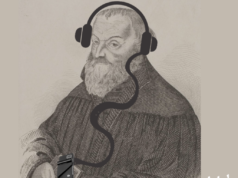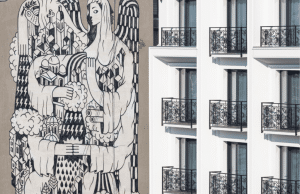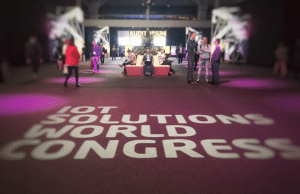A reward for business performance as well as the opportunity for powerful bonding experience is the reason for planning an incentive travel. To organize an effective incentive travel, selecting the right destination is one of the most crucial tasks.
Both meeting planners and destination management companies keep on asking themselves what makes a destination the right one. Several basic criteria must be fulfilled like safety, convenience and easy access to the destination, but various additional features of the destination should also be considerate, like the variety of offer, overall attractiveness, local lifestyle…
Incentive planners strive for programs and destinations that result in a memory which will last long after the award-winners return to their home. Focusing on hopes and dreams is always positive, but the real limit is the budget. Quality services at acceptable prices are an important advantage that should be always considered.
When it comes to selecting the destination, big-name places are still on the top of the “wish lists” and their overall attractiveness seams very hard to beat.
However, Croatia is rising in attractiveness as an incentive destination gaining “trophy” value for international incentive planners and something to talk about for incentive participants after they return to their homes. Main reasons seem to be the allure of a new destination and off-the-beaten-path destination image. Surprise level of the destination is still high.
The ecological image of the destination, nowadays very trendy, has to be communicated better. Beautiful beaches, crystal clean sea, forests and mountains as well as other ecological wonders attract the interest of incentive groups. Croatian coastline together with its 1244 islands, islets, cliffs and reefs ranks among the most indented coastlines in the world and therefore attracts many adventurous and yacht programs.
Landmarks, museums and institutions like castles, forts and other historic sites make unique event venues. Venues like Revelin fortress and Rector’s Palace in Dubrovnik, Dioclecian’s Palace in Split, Brijuni islands or Opatija’s Aristocracy Villas are just some of the nice sceneries for events. Attractiveness of those special venues often influences the final decision about a destination.
Wonderful spas are becoming a necessity appealing not only to female groups. If local elements are combined in a spa offer, it becomes even more appealing – like on the spa island “Island of Vitality– Losinj”.
Quality gastronomic tradition combined with lots of fun in a typical fiesta, an ecologically preserved land that produces healthy and genetically non-modified food, excellent wines and numerous tasteful specialties, a first class „chef“ as a moderator of the programme – this concept very often meets the expectations of incentive planners as well as the audience.
Location specific culture or tradition is very valuable and incorporated in themed events. Some of its interesting facts are becoming themes of successful incentive trips:
• The dog breed Dalmatian originates from this area. In a small Franciscan monastery in Zaostrog, there is a painting from 1724 which depicts a Dalmatian dog for the first time.
• The famous scientist Nikola Tesla (1856–1943), inventor of the alternating current was born in Smiljan, Croatia.
• In 1906, a Croat Slavoljub Eduard Penkala applied for a patent for a ballpoint (penkala) and a holder for a fountain pen.
• It is rarely known that the inventor of the parachute, Faust Vrančić, was born in Šibenik.
People like stories – the following one is an interesting theme for an event or even the whole trip:
“… Around the year 1635, some six thousand soldiers and knights came to Paris to give their support to King Louis XIII and Cardinal Richelieu. Among them were a great number of Croatian mercenaries led by a ban, or Croatian viceroy.
The traditional outfit of these Croats aroused interest on account of the unusual and picturesque scarves distinctively tied about their necks. The scarves were made of various cloths, ranging from coarse material for common soldiers, to fine cotton and silk for officers. This elegant “Croatian style” immediately enamoured the French, who were delighted by the new article of clothing, which had been previously unknown in Europe.”
Around the year 1650, during the reign of Louis XIV, the Croatian scarf was accepted in France, above all in court, where military ornaments were much admired. The fashionable expression, ’a la croate’, soon evolved into a new French word, which still exists today: la cravate. This innovation symbolized the height of culture and elegance.
Since that time in the 17th century, derivatives of the word croata have been present in many languages, (i.e., English, German, French, Portuguese, Italian), meaning cravat or tie. It follows then that Croatia is the mother country of the necktie.”
When adjusting the tie prior to attending an important business meeting, or when signing a business contract, does anyone think of Croatia (before visiting)?
Creative use of local stories like the Croatian story about the tie significantly improve the image of the destination and affect the decision makers – meeting planners to include your destination on their “wish list”.
Aleksandra Uhernik Đurđek













